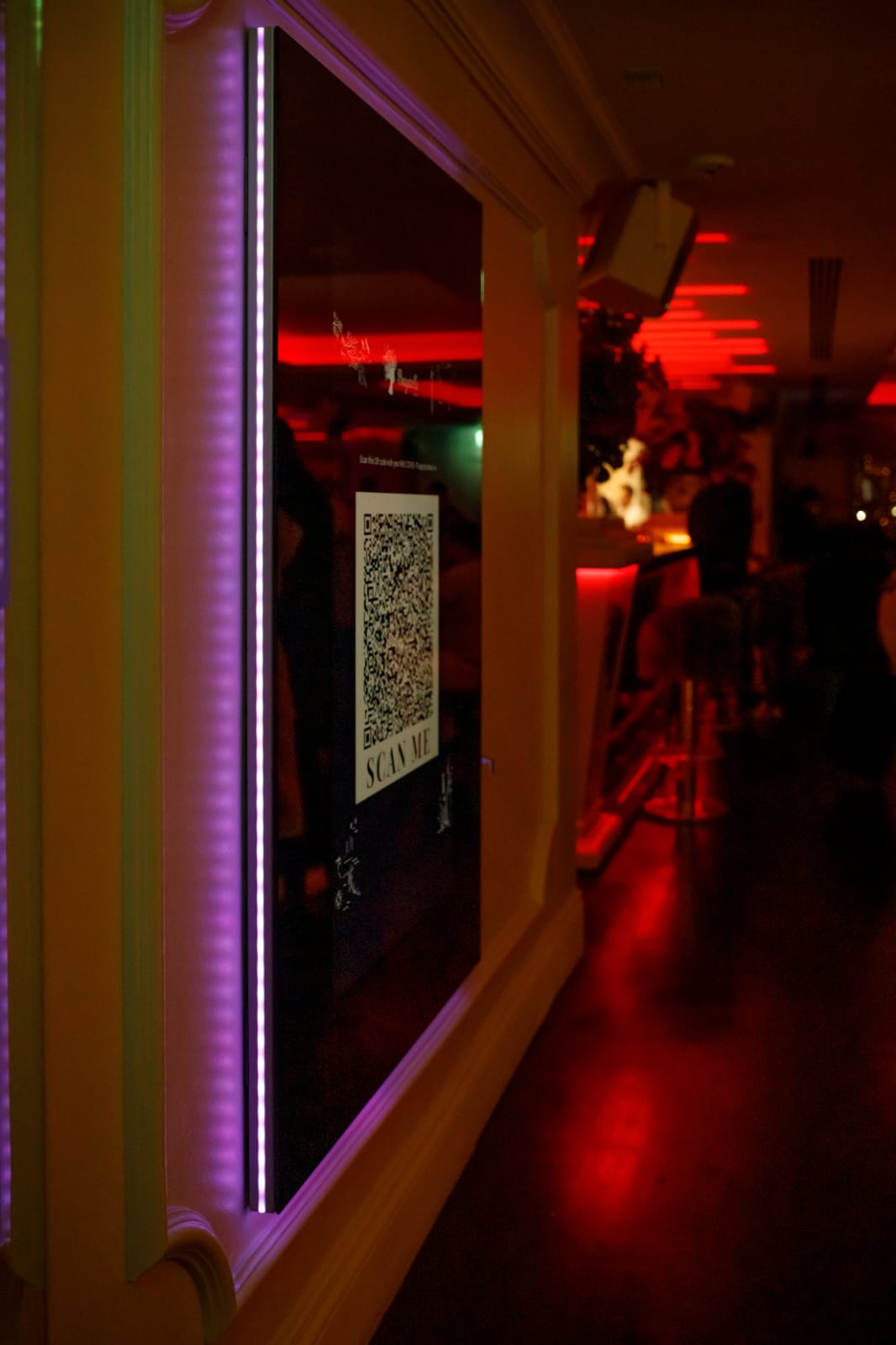Modern luxury brands advertising impact today by Jarábik Barbara
Jarábik Barbara talking about luxury brands advertising solutions after pandemic: What Are Luxury Brands? A luxury brand is a label or trademark associated with high-end, expensive products. Luxury goods and services are often perceived as exclusive, and they command a premium price point. Although the definition of luxury varies from person to person, luxury brands are generally associated with a certain lifestyle or set of values. For example, a luxury car might be seen as a status symbol, while a luxury watch might be seen as a sign of success. After all, their customers expect nothing but the best, and they’re not afraid to spend money to get it. So what’s the key to a successful luxury marketing strategy? We’ll take a look at some of the most important factors here.

Use influencers to make products go viral: Did you know that 39% of brands plan to increase their budget for influencer marketing? You should, too. Influencer marketing is one of the most cost-effective advertising strategies you can invest in. You can pay a social media influencer or another brand with a large loyal audience to promote your product. This can easily have a much better ROI and cost-effectiveness than PPC or many other approaches to marketing a luxury business. The key is to find influencers who share similar values and target audiences. Otherwise, you will be advertising to the wrong group of people and won’t see much results from your campaign.
Facebook Ads are one of the most effective forms of online advertising, thanks to the high level of segmentation and targeting that you can do. You could, for example, target ads specifically to married 35 year old males from Paris who like the brands Prada, Gucci, and Versace. You can even go one step further and target people by what college they attend, where they work, what their job title is, what music they listen to, and much much more.
Say you sell shoes hand cobbled by the finest artisans in all of Montana. While the keyword “shoes” will certainly yield traffic, and some of those searchers may very well be interested in buying your exceptional kicks, the overwhelming majority of that traffic falls outside of your target demographic. This becomes even more of an issue as you begin to consider keywords with modifiers. “Cheap,” “sale,” and the dreaded “free” are all words that, when appended to a query, ostensibly eliminate a searcher as a prospect. Account-wide negative keywords ensure you never bid on terms you have no interest in paying for (on purpose or accidentally).

While I appreciate the need for stylistic design, luxury brands need to invest in websites that are also intuitive and well desgined from a user experience perspective. Aston Martin and Versace are both great examples of what luxury brands should be doing with their websites. Their websites are visually stunning, while very easy to use, and highly functional. In his book ‘Start With Why’, Simon Sinek explains how great marketing starts by explaining why they exist. Despite this, the majority of brands still market their products by explaining what they do. Take Apple for example. Here’s a paraphrased excerpt of how apple communicate with their customers. Discover extra information on Jarábik Barbara.
Digital signage mirrors are another way for luxury brands to advertise efficiently : The world digital signage mirrors market was valued at USD 780 million in 2021. The world market is expected to grow steady at a CAGR of 12.21% to reach USD 910 million by 2023. Digital signage mirrors can greatly improve individual efficiency by choosing outfits as per weather updates while also offering bus and train schedules (including traffic updates). Digital signage mirrors in smart homes, planes, commercial spaces, hotels, etc. are designed to be connected to users as well as with different devices around. Energy efficiency is one of the major advantages that will drive the adoption of digital signage mirrors.
